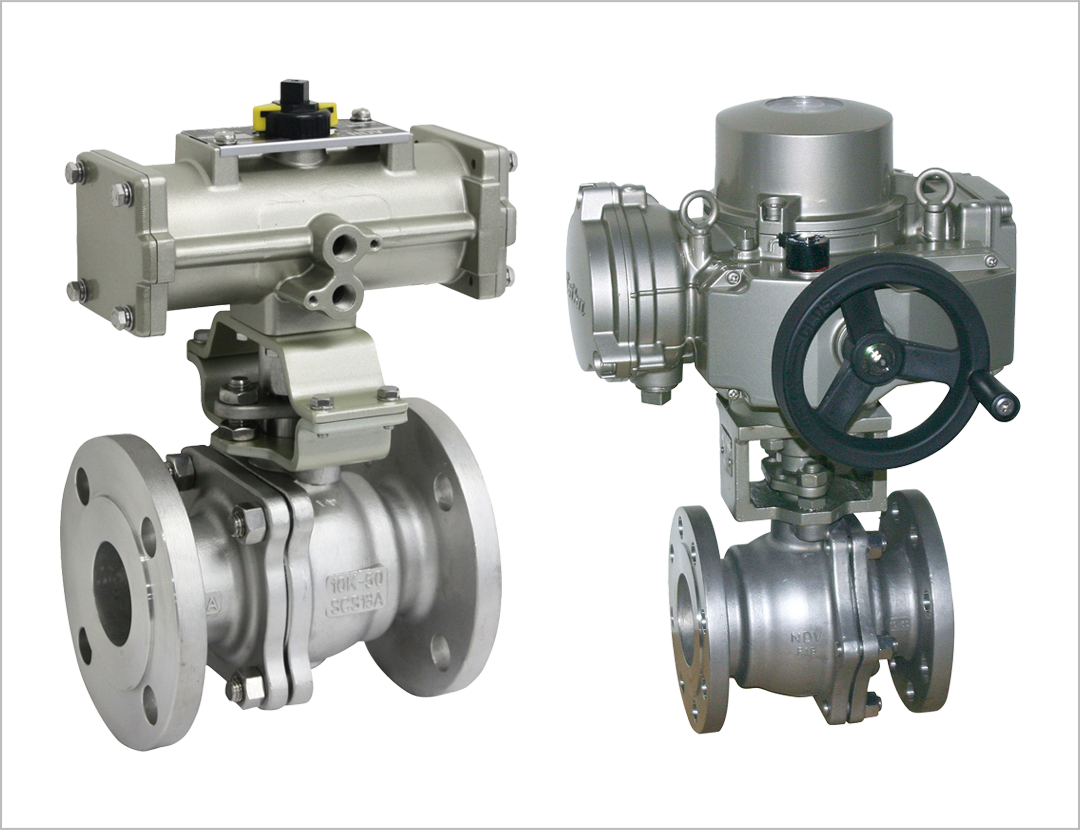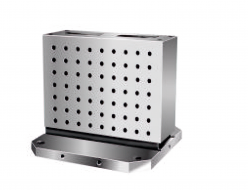Japan, Nippon Daiya Valve
Nippon Daiya Valve Ball Valves Structure and Features

Made in Japan
Manufacturer: Nippon Daiya Valve
Model: Ball Valves
Basic structure and sealing principle of ball valves

Fig. 1
Valves in which a ball rotates on a valve stem as a shaft to control the fluid.
As shown in Fig. 1, the flow path has the same shape as the piping, and there are few elements that give resistance to the fluid, so the structure has extremely low pressure loss when fully opened

Fig. 2: Floating ball type

Fig. 3: Fixed ball type
The fixed ball type has a structure in which the upper and lower portion of the ball are supported and fixed by the stem and trunnion as shown in Fig. 3.
With this structure, the fluid is closed using the spring force at the back of the seat and the pressure on the primary side applied to the back of the seat when fully closed.
Therefore, the seal is on the primary side, and it is characterized by less fluctuation of operating torque against fluctuation of flow pressure.
It is mainly used for high pressure (JIS30K, CL600 or higher) and large bore size (DN250 or higher).
Features of ball valves
①Easy operation of fully open and closed

Opening and closing operations can be performed quickly by turning the stem 90 degrees.
In addition, the open/close state of the valve is clearly indicated by the position of the lever handle, so it has excellent visibility.
②Excellent sealing

PTFE and other plastic materials are used for the valve seat, which makes it easier to stop the fluid with excellent sealing performance.
③Extremely low pressure loss

Since its flow path has the same shape as the piping and there are few elements that give resistance to the fluid, the structure has an extremely low pressure loss when fully opened.
④Compatible with high-temperature and high-pressure fluids
A rich lineup of seat materials is available, and it is possible to apply with high-temperature and high-pressure fluids by selection.
⑤Easy to automize

Our ball valves can be equipped with various types of actuators by simply attaching a yoke and coupling.
Related Products
-

Seiwa E04FG171308 FG Types Ferrite Cores for FPC and FFC
-

Super Tool BRH32815-88040 Two Faces Jig Block Thread Type (12 / 16) For MC
-

Flex System Grid Line
-

Watanabe AL-213 Digital Panel Meter For 2-wire Process Signal – 2-wire Meter
-

Eisen CPP Series Parallel Tap For Carbide Pipes
-

Vessel No.BH-22HC Dust-proof cap (For BH-22H)






